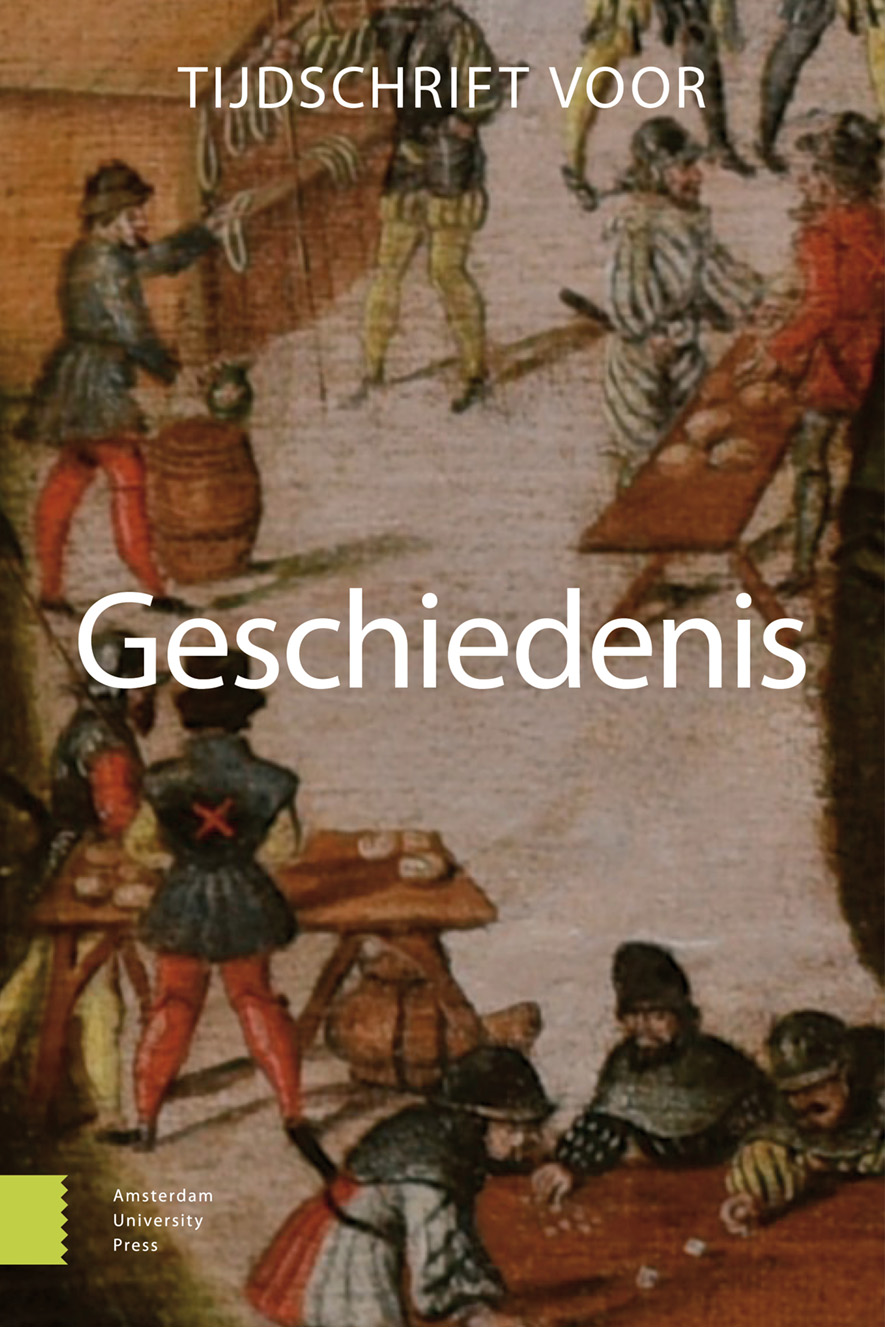- Home
- A-Z Publications
- Tijdschrift voor Geschiedenis
- Previous Issues
- Volume 129, Issue 3, 2016
Tijdschrift voor Geschiedenis - Volume 129, Issue 3, 2016
Volume 129, Issue 3, 2016
-
-
Square de Léopoldville of Place Lumumba?
More LessAbstract Square de Léopoldville or Place Lumumba? Belgian (post)colonial memory in the public space The Belgian colonial past is dealt with one-sidedly in the public space. Belgium has hundreds of street names and memorials for white colonials, but not a single tribute to a Congolese. Several colonial monuments have been subject to protest and vandalism, but none of them has been removed or adapted, and only two Read More
-
-
-
‘Trying to fulfil our destiny’
More LessAbstract ‘Trying to fulfil our destiny’: Ambassador Emile Schiff and the Dutch-Indonesian relations between 1963 and 1968 After the Netherlands lost control of New Guinea in 1962, it took less than five years for them to regain a prominent role in Indonesia. This new role had as its vehicle the Inter-Governmental Group on Indonesia (IGGI), an international aid consortium chaired by the Dutch Minister for Development Cooperati Read More
-
-
-
Neerkijken en rondzien
More LessAuthors: Babs Boter & Lonneke GeerlingsAbstractLooking down and looking around: Two travelers portray and present HarlemIn the 1930s and 1950s two white Dutch writers, Mary Pos (1904-87) and Rosey Pool (1905-71), visited the New York neighborhood of Harlem. They reported on these journeys in letters, newspaper articles, monographs, and lectures. Jointly, this material offers us a valuable contemporary portrait of Harlem, and is a source for reconstructing Read More
-
-
-
‘Bataille à boire’
More LessAuthors: Jurriën de Jong, Ben Schoenmaker & Jeroen van ZantenAbstract ‘Bataille à boire’: Two centuries of Waterloo historiography The bicentennial celebrations in 2015 of the Battle of Waterloo have rekindled public interest in the history and heritage of this historical event. The commemoration also led to a massive increase in publications. Many of these are based on new sources (ego-documents, archaeological finds, and archival sources) discovered in the last decades. These new sourc Read More
-
-
-
Het imaazje van Provo
More LessAbstract The image of Provo: Fifty years on In 2015 it was fifty years since the appearance of Provo, the Dutch action group that gained prominence in the mid-1960s. This review article is concerned with the way Provo appears in both public history and historiography. A documentary film and two exhibitions presented Provo as the focal point of the swinging sixties in Amsterdam. Auke Boersma published a collection of Read More
-
Volumes & issues
Most Read This Month
Article
content/journals/00407518
Journal
10
5
false
en


